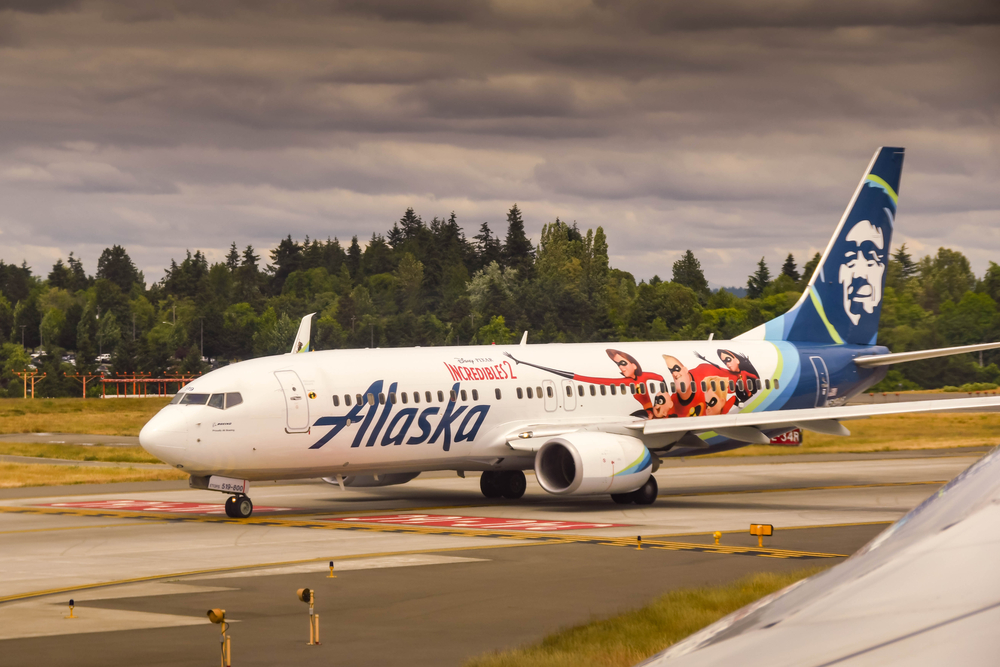Amid escalating concerns over air safety, a recent incident involving an Alaska Airlines Boeing 737 Max 9 has sparked renewed scrutiny. The aircraft, involved in a dramatic mid-air blowout, had shown pressurization warnings days before the alarming incident.
According to Jennifer Homendy from the US National Transportation Safety Board (NTSB), the aircraft had been restricted from undertaking long-haul flights over water following warnings reported by pilots on three previous flights. These warnings led to precautionary measures to ensure the plane could swiftly return to an airport if the pressurization issues recurred.
Despite the preventive actions, on January 5, the aircraft suffered a mid-air blowout, resulting in the loss of part of its fuselage. However, the plane managed to make a safe emergency landing upon returning to Portland, its departure city, with no reported injuries among the 177 passengers and crew on board.
The incident has prompted the grounding of 171 Boeing 737 Max 9 planes by the Federal Aviation Administration (FAA) for ongoing safety assessments. Alaska Airlines briefly resumed some flights of its Max 9s before the FAA’s intervention, citing no alarming findings.
Homendy highlighted the chaotic situation on board the affected flight, mentioning the force of the blowout causing the cockpit door to open, leading to the loss of cabin materials. Unfortunately, the cockpit voice recorder’s recording, crucial for investigation, was automatically wiped after a two-hour cut-off, prompting the NTSB to advocate for an increased recording window.
A significant breakthrough in the investigation occurred when a missing part of the fuselage, crucial for understanding the blowout’s cause, was found in the backyard of a Portland teacher named Bob. This discovery has been hailed as a key component for the ongoing investigation.
However, the incident has deeply impacted Alaska Airlines’ operations, leading to numerous flight cancellations, and Boeing expressed regret for the disruption caused, emphasizing safety as their top priority.
This incident involving the Boeing 737 Max 9 adds to the scrutiny faced by the model following previous crashes attributed to flawed flight control software. The European Union’s regulator also followed the FAA’s lead in grounding similar configurations, although minimal disruptions were expected for European airlines.
The incident with the Alaska Airlines flight raises renewed concerns about the safety of the Boeing 737 Max 9 and its potential impact on the aviation industry, necessitating thorough investigations and safety reassessments.
Reported by BBC NEWS



